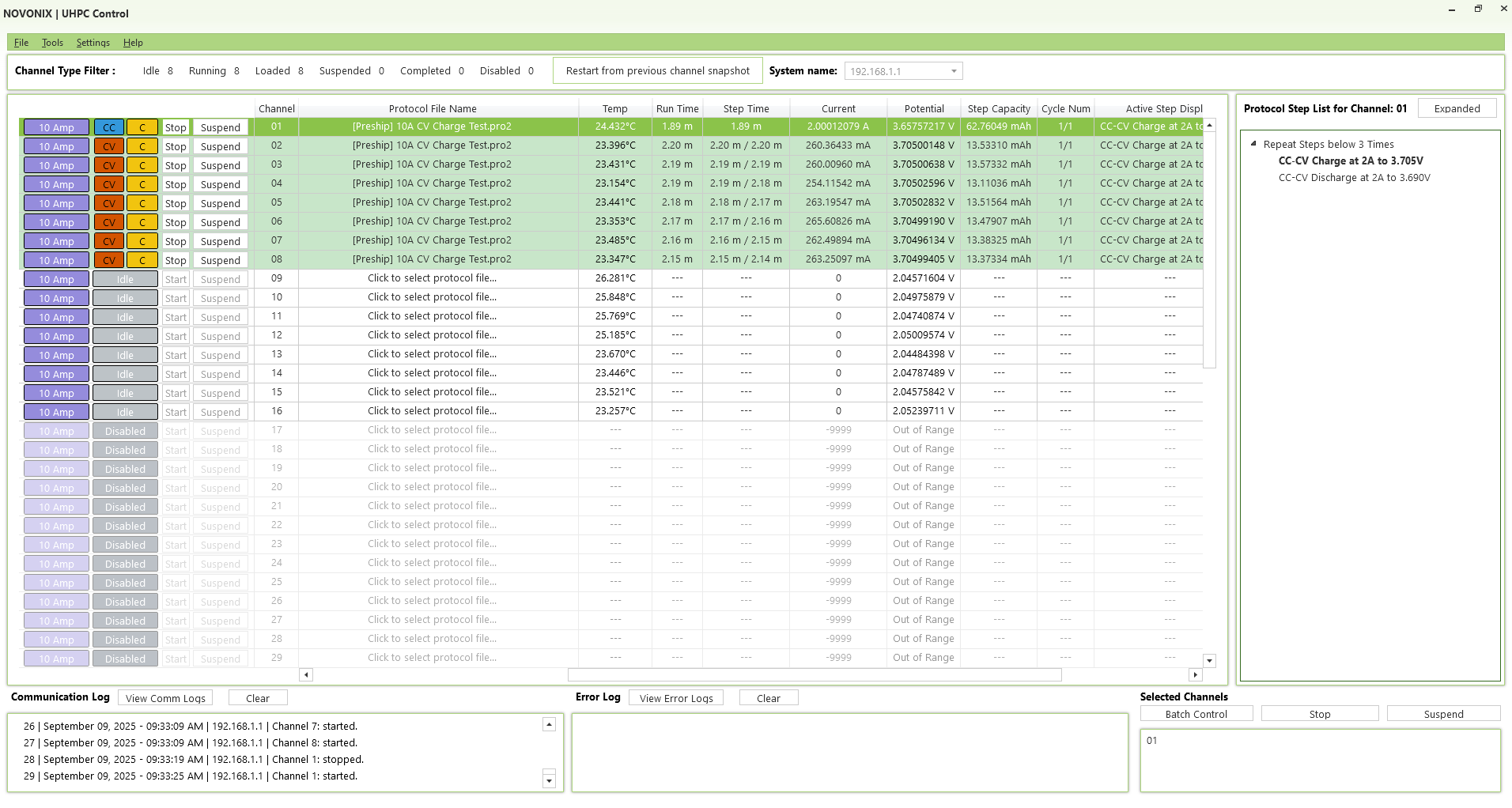The Use of LiFSI and LiTFSI in LiFePO4/Graphite Pouch Cells to Improve High-Temperature Lifetime
Logan, E. R., Eldesoky, A., Eastwood, E., Hebecker, H., Aiken, C. P., Metzger, M., & Dahn, J. R. (2022).
Journal of The Electrochemical Society, 169(4), 040560. https://doi.org/10.1149/1945-7111/ac67f9
Abstract
The use of LiPF6 in Li-ion battery electrolytes provides sufficient stability, conductivity, and cost in most applications. However, LiPF6 has also been known to cause degradation in Li-ion cells, primarily from its thermal decomposition or hydrolysis to form acidic species. This work considers the use of imide salts lithium bis(fluorosulfonyl)imide (LiFSI) and lithium bis(trifluoromethanesulfonyl)imide (LiTFSI) as an alternative to LiPF6 in LiFePO4/Graphite cells. The use of LiFSI or LiTFSI over LiPF6 improved cycling performance both in control electrolyte (no additives) and electrolyte containing 2% vinylene carbonate (VC). However, while metrics from ultra high precision coulometry, isothermal microcalorimetry, and storage experiments all agreed with long-term cycling results for cells with control electrolyte, the opposite was seen with 2VC electrolyte. Pouch bag experiments elucidated information about the origin of parasitic reactions in LFP/Graphite cells, showing that most parasitic reactions originate at the negative electrode. Additionally, pouch bag experiments reveal a more passivating graphite solid electrolyte interphase (SEI) for LiFSI + 2VC electrolyte, agreeing with long term cycling experiments. It is concluded that in control electrolyte, the use of LiFSI limits redox shuttles, Fe dissolution, and SEI decomposition, while in 2VC electrolyte, LiFSI introduces a minor self-discharge reaction that does not impact long-term cycling.
